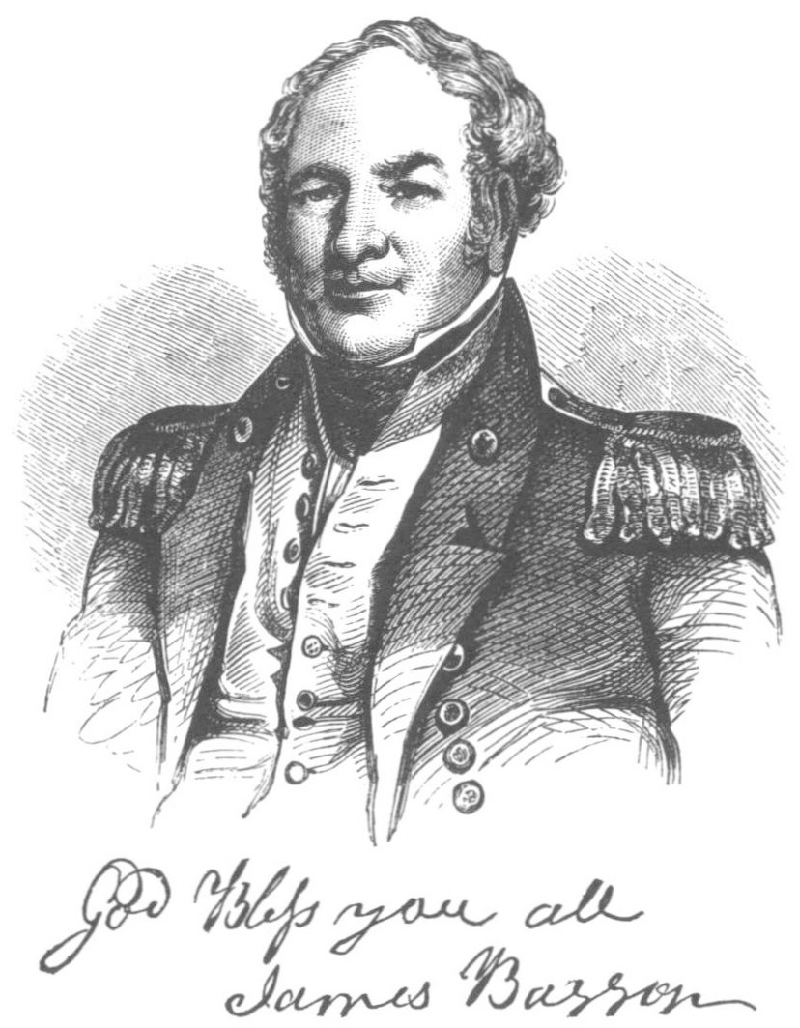
Fort Norfolk History - 1807
Within two years, the United States again faced the prospect of war. On June 24, 1807, the "Chesapeake Leopard Affair" in Hampton Roads galvanized public outrage over British depredations against American shipping. British war vessels appeared in Chesapeake Bay seemingly poised to strike at Norfolk (Bradshaw and Tompkins n.d.:14). Borough citizens met on June 29 and resolved to undertake the repair of Fort Norfolk on their own (Clary 1990:30). One month later, Thomas Matthews wrote to Governor William H. Cabell that "with much difficulty Fort Norfolk has been put in tolerable order" (CVSP IX:559). In late August, Major Thomas Newton, Jr., commanding Virginia's 54th Militia Regiment, reported that Captain Peter Nestle's artillery were quartered at Fort Norfolk and that his men were busily engaged in restoring the works. "We are much in want of Gun carriages," Newton told the governor; "we have not more than two18-pounders mounted." Newton relayed Captain Nestle's request that state funds be provided to erect a shot furnace at Fort Norfolk. Nestle also asked that the militia artillerists be allowed to practice firing at targets (CVSP IX:591-594).
William Tatham, a renowned geographer and surveyor, was present in Norfolk during the tense summer of 1807. At the request of President Thomas Jefferson, Tatham supplied the chief executive with accounts of British naval movements and other developments. Tatham felt that Fort Norfolk was untenable as a defensive position owing to its lack of auxiliaries (i.e., advance positions defending the land approach to the earthwork), and he looked askance at the local efforts to improve it. "The repair of Fort Norfolk," he bluntly told the president, "is a grave digging business." Tatham was well acquainted with Rivardi's original plans of Fort Norfolk and he apparently volunteered his services to the harried militia. His offer "to plan for them and fix profiles for their work & c.," was rebuffed. "Every man is an Engineer, & all mobility commanders are Chiefs," he remarked sarcastically. Tatham summed up the scene at Norfolk by declaring that "we are all bustle & preparation for unknown events" (Peterson 1970:25-26). The British attack on Norfolk never materialized, but this latest threat of war prompted the United Stares government to fund the Second System of coast defenses (Clary 1990:30).
More History
Back,1673, 1775, 1787, 1789, Army before 1793, 1793, 1794, More 1794, First Fort, 1795, 1796-1800, 1802, 1807, 1808, 1809, 1812, 1813, 1813-1814, 1816, 1817-1818, 1820-1821, 1824, 1827, 1835, 1840, 1842, 1843, 1844, 1845, 1846, 1847, 1848, 1848 Request, 1849, 1849 Transfer, 1849 Planning, 1850, 1851, 1852, 1852 Old Magazine, 1853, 1854, 1854 Changes, 1855, 1856, 1857, 1858, 1859, 1860, 1861, 1862, 1863, 1864, 1867, 1868, 1869, 1870, 1874, 1875, 1880, 1884, 1893, 1903, 1923, Next
Source of Information
A CULTURAL RESOURCE MANAGEMENT PLAN OF FORT NORFOLK, NORFOLK, VIRGINIA prepared for U.S. Army Corps of Engineers, Norfolk District by the College Of WILLIAM & MARY, November 1995 under Contract No. DACW65-94-Q-0075.
David A. Clary's Fortress America: The Corps of Engineers, Hampton Roads, and United States Coastal Defense (1990)
William Bradshaw and Julian Tompkins's Fort Norfolk, Then and Now (n.d.).
The Norfolk Public Library vertical file of recent newspaper articles on Fort Norfolk. Including articles by James Melchor of the U.S. Army Corps of Engineers that describe archaeological and architectural findings on the fort property.
